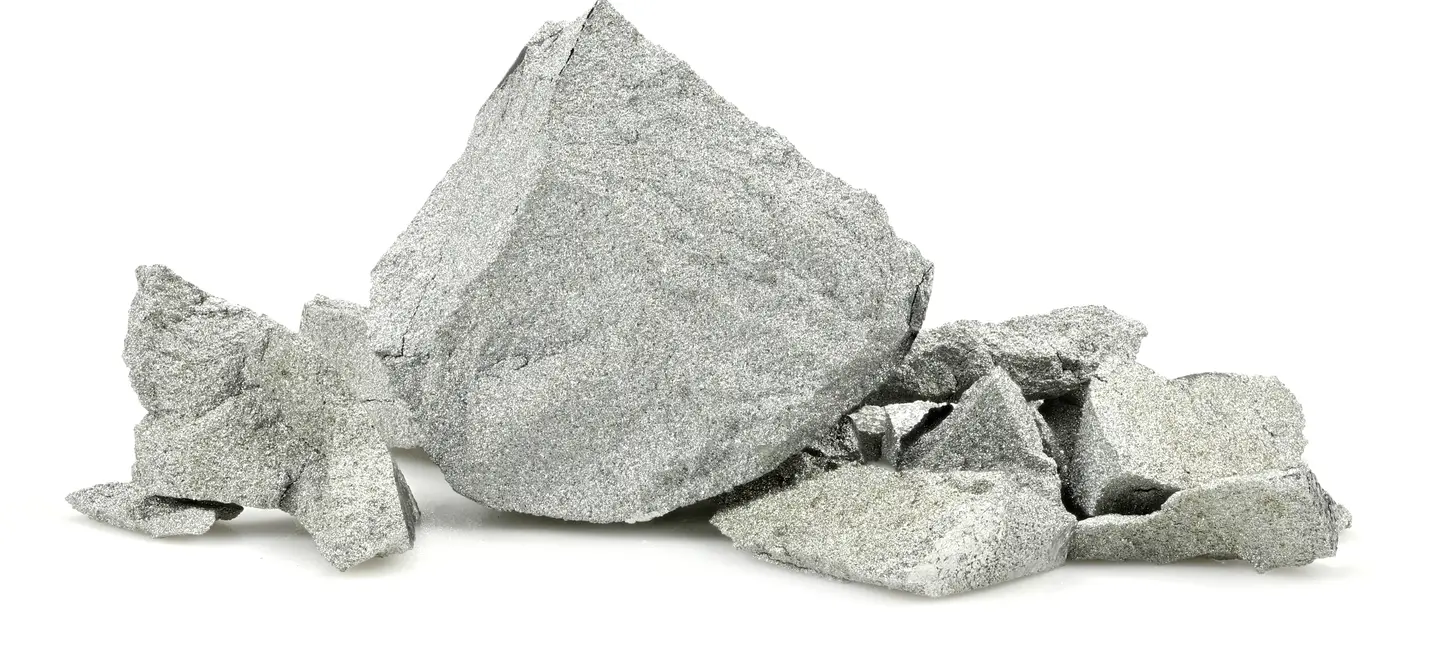
Molybdenum is an essential trace mineral. It is found in foods such as milk, cheese, cereal grains, legumes, nuts, leafy vegetables, and organ meats.
Molybdenum is most commonly used for molybdenum deficiency. It is also used for cancer of the esophagus, other types of cancer, Wilson disease, and other conditions, but there is no good scientific evidence to support these uses.
Is It Effective?
NatMed Pro rates effectiveness based on scientific evidence according to the following scale: Effective, Likely Effective, Possibly Effective, Possibly Ineffective, Likely Ineffective, Ineffective, and Insufficient Evidence to Rate.
- Molybdenum deficiency. Taking molybdenum can prevent deficiency. However, it is very uncommon to have molybdenum deficiency.
- Cancer of the esophagus. Having low amounts of molybdenum in the body might be linked with an increased risk of esophageal cancer. However, it's not known if taking molybdenum supplements reduces the risk of esophageal cancer.
- Liver disease.
- HIV/AIDS.
- Yeast infections.
- Lyme disease.
- Sulfite sensitivity.
- Chemical sensitivity.
- Allergies.
- Asthma.
- Acne.
- Anemia.
- Gout.
- Cancer.
- Insomnia.
- Eczema.
- Bell's palsy.
- Multiple sclerosis.
- Lupus.
- Wilson's disease.
- Weak bones (osteoporosis).
- Cavities.
- Improving libido.
- Other conditions.
More evidence is needed to rate the effectiveness of molybdenum for these uses.
Is it Safe?
Molybdenum works in the body to break down proteins and other substances. Molybdenum deficiency is very uncommon.
Molybdenum has an important role in normal body functions, but there is not enough information to know how it might work for any medical condition.
When taken by: Molybdenum is LIKELY SAFE when taken by mouth appropriately by adults. Molybdenum is safe in amounts that do not exceed 2 mg per day, the Tolerable Upper Intake Level.
However, molybdenum is POSSIBLY UNSAFE when taken by mouth in high doses. Adults should avoid exceeding 2 mg daily.
Special Precautions & Warnings:
Pregnancy and breast-feeding: Molybdenum is LIKELY SAFE in amounts that do not exceed the Tolerable Upper Intake Level of 1.7 mg per day for women 14 to 18 years, or 2 mg per day for women 19 and older. It is POSSIBLY UNSAFE when used in high doses. Avoid exceeding 1.7 mg per day for women 14 to 18 years, or 2 mg per day for women 19 and older.
Children: For children, molybdenum is LIKELY SAFE in amounts that do not exceed the UL of 0.3 mg per day for children 1 to 3 years, 0.6 mg per day for children 4 to 8 years, 1.1 mg per day for children 9 to 13 years, and 1.7 mg per day for adolescents. However, molybdenum is POSSIBLY UNSAFE when taken by mouth in high doses. Children should avoid exceeding 0.3 mg per day for children 1 to 3 years, 0.6 mg per day for children 4 to 8 years, 1.1 mg per day for children 9 to 13 years, and 1.7 mg per day for adolescents.
Gout: Very high levels of molybdenum in the diet such as 10 to 15 mg/day, and industrial exposure to molybdenum, might cause gout. Molybdenum supplements might make gout worse. Avoid taking molybdenum in doses above 2 mg per day for adults.
It is not known if Molybdenum interacts with any medicines. Before taking Molybdenum, talk with your healthcare professional if you take any medications.
Copper: Molybdenum can attach to copper in the gut and decrease the amount of copper and molybdenum that the body absorbs. But it is unlikely that molybdenum could decrease copper absorption enough to cause copper deficiency. However, people with anemia that is caused by low copper should avoid high amounts of molybdenum.
There are no known interactions with foods.
The following doses have been studied in scientific research:
BY MOUTH:
- The National Institute of Medicine has determined Adequate Intake (AI) of molybdenum for infants: 0 to 6 months, 2 mcg/day; 7 to 12 months, 3 mcg/day.
- For children, a Recommended Dietary Allowance (RDA) has been set: 1 to 3 years, 17 mcg/day; 4 to 8 years, 22 mcg/day; 9 to 13 years, 34 mcg/day; 14 to 18 years, 43 mcg/day. For men and women age 19 years and older, the RDA is 45 mcg/day. For pregnancy and lactation, the RDA is 50 mcg/day for women of all ages. It is estimated that a typical US adult's diet supplies 120 mcg/day to 210 mcg/day.
Ammonium Molybdate, Chélate de Molybdate, Chélate de Molybdène, Chelated Molybdenum, Citrate de Molybdène, Etrathiomolybdate, Ionic Molybdenum, Mo, Molibdeno, Molibdeno Quelado, Molybdate d'Ammonium, Molybdate de Sodium, Molybdene, Molybdène, Molybdène Chélaté, Molybdenum Ascorbate, Molybdenum Chelate, Molybdenum Citrate, Molybdenum Picolinate, Quelato de Molibdeno, Sodium Molybdate.
Information on this website is for informational use only and is not intended to replace professional medical advice, diagnosis, or treatment. While evidence-based, it is not guaranteed to be error-free and is not intended to meet any particular user’s needs or requirements or to cover all possible uses, safety concerns, interactions, outcomes, or adverse effects. Always check with your doctor or other medical professional before making healthcare decisions (including taking any medication) and do not delay or disregard seeking medical advice or treatment based on any information displayed on this website.
© TRC Healthcare 2024. All rights reserved. Use and/or distribution is permitted only pursuant to a valid license or other permission from TRC Healthcare.
